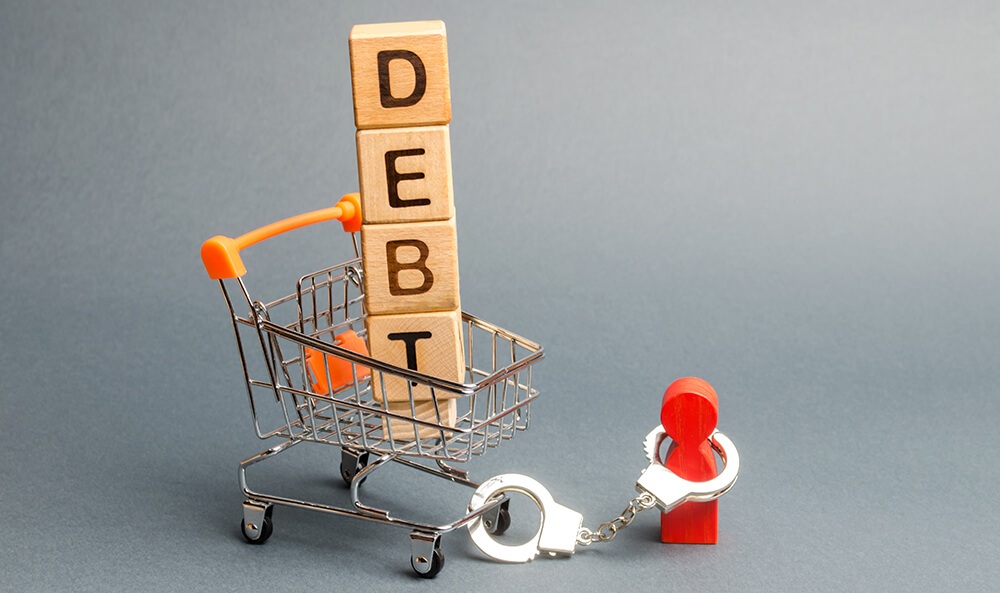Struggling with credit card debt can be overwhelming — the high-interest rates, multiple payments, and constant financial stress can drain anyone mentally and financially. But the good news is: debt consolidation can simplify everything.
In 2025, financial institutions and fintech lenders are offering more flexible and digital-friendly options to consolidate credit card debt. This helps borrowers combine multiple balances into one manageable payment — often at a lower interest rate.
Let’s explore what credit card debt consolidation means, how it works, and which method suits you best.
What Does Consolidating Credit Card Debt Mean?
Debt consolidation means combining multiple credit card balances into a single loan or payment plan — ideally at a lower interest rate.
Instead of juggling five cards at 25% APR (annual percentage rate), you could merge them into one payment with 10–15% interest or less, depending on your credit profile.
The main goal is to reduce interest costs, simplify payments, and help you pay off debt faster.
For a broader understanding of structured money management, see our guide on Project Management Budgeting Methods.
5 Best Ways to Consolidate Credit Card Debt in 2025
Each consolidation method has pros and cons. Choose one that fits your income, credit score, and repayment discipline.
1. Balance Transfer Credit Cards
A balance transfer card lets you move existing credit card debt to a new card with a 0% introductory APR (usually for 12–21 months).
This is one of the most cost-effective ways to pay down debt quickly, provided you can repay the balance before the promotional period ends.

Example (2025):
Banks like Citi, Wells Fargo, and Chase are currently offering balance transfer deals with 0% APR for up to 18 months, charging a 3%–5% transfer fee.
Pros:
- Interest-free repayment window
- Simplified single payment
Cons:
- Requires a good credit score (typically 680+)
- High interest applies after promo ends
Tip: Always calculate whether the transfer fee offsets your interest savings.
2. Personal Loan for Debt Consolidation
A personal loan is one of the most common ways to consolidate debt. You borrow a fixed amount and use it to pay off all your credit cards, leaving you with one predictable monthly payment.
As of 2025, average personal loan APRs range from 8%–15%, depending on your credit score. Fintech lenders like SoFi, Upgrade, and Marcus by Goldman Sachs offer quick approval and no prepayment penalties.
Pros:
- Fixed monthly payments and clear payoff date
- Can improve credit mix (helps FICO score)
- Available to fair-credit borrowers too
Cons:
- Interest may still be higher than balance transfer options
- Requires financial discipline
3. 401(k) Loan (Last-Resort Option)

A 401(k) loan allows you to borrow money from your retirement savings.
While it doesn’t affect your credit score, it reduces your long-term savings growth. You’ll need to repay the loan (usually within five years) with interest — which goes back into your own retirement account.
Pros:
- No credit check required
- Low interest (you’re paying yourself)
Cons:
- Risk of losing retirement growth
- Must repay early if you leave your job
Use this method only when you’ve exhausted safer alternatives.
4. Credit Counseling and Debt Management Plans
Nonprofit credit counseling agencies can help you create a Debt Management Plan (DMP). They negotiate with creditors to lower your interest rates and consolidate payments into one monthly installment.
In 2025, many reputable agencies approved by the NFCC (National Foundation for Credit Counseling) offer digital programs and remote support.
Pros:
- Lower interest and waived late fees
- Doesn’t require a new loan
- Educational and personalized guidance
Cons:
- May slightly affect credit during the program
- Usually takes 3–5 years to complete
This method is best for borrowers with moderate-to-high debt and average credit.
5. Cash-Out Auto Refinance
If you own a car with equity, you can use a cash-out auto refinance loan to pay off your credit card debt. Essentially, your vehicle becomes collateral for a new loan at a lower interest rate.

Pros:
- Lower interest rates than credit cards (typically 6%–10%)
- Fast approval for those with stable income
Cons:
- Risk of losing your vehicle if you default
- Requires maintaining auto insurance coverage
This option suits borrowers who need fast debt relief and have strong repayment discipline.
Which Option is Best in 2025?
In 2025, credit counseling and personal loans remain the two most balanced and practical approaches for most consumers.
- Credit Counseling: Ideal for those with average credit who want expert help managing multiple accounts.
- Personal Loan: Best for borrowers with good credit who prefer fixed payments and faster payoff.
- Balance Transfer: Excellent for short-term repayment discipline and high credit scores.
Remember: The best debt consolidation plan is the one you can sustain long enough to finish — not just start.
Expert Tip (2025 Update):
Financial advisors suggest monitoring your credit utilization ratio (credit used ÷ total limit). Keeping it under 30% after consolidation boosts your credit score significantly over time.
You can also explore digital budgeting apps like YNAB (You Need a Budget) or Mint to automate repayments and expense tracking.
FAQs
What’s the Safest way to Consolidate Credit Card Debt?
Using a credit counseling agency or a fixed-rate personal loan is safest because both reduce interest while keeping payments predictable.
Will Debt Consolidation Hurt my Credit Score?
Initially, it may cause a minor dip due to hard inquiries, but over time, on-time payments and lower credit utilization can improve your score.
Can I Consolidate if I have Bad Credit?
Yes, through credit counseling or secured loan options like cash-out refinancing. However, interest rates may be higher.
Is Balance Transfer Better than a Loan?
Balance transfers are best for quick payoffs (under 18 months). Loans are better for larger debt or longer repayment timelines.
Bottom Line
Consolidating credit card debt is not just about paying less interest — it’s about regaining financial control.
By choosing the right method for your situation, you simplify your payments, reduce stress, and start rebuilding your credit health. Whether through a personal loan, counseling, or balance transfer, consistency is the key to long-term freedom from debt.

Daniel is a business writer focused on entrepreneurship, finance, and investment strategies. He shares practical insights to help professionals and business owners make informed decisions in a fast-changing market.
Leave a Reply